In The Studio: Rival Consoles
The composer walks us through the analog-heavy production processes behind his latest album.
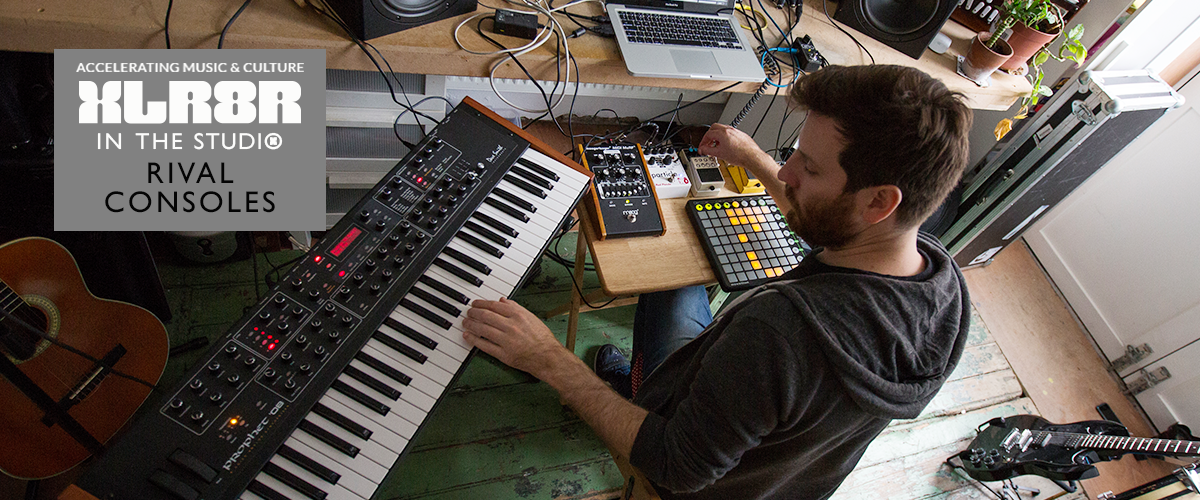
In The Studio: Rival Consoles
The composer walks us through the analog-heavy production processes behind his latest album.

The London-based producer-cum-composer Ryan Lee West first came to XLR8R’s attention with 2007’s Vemeer EP. That release—his debut under his Aparatec alias—marked the start of the now-renowned Erased Tapes imprint, home of Nils Frahm and Ólafur Arnalds, to name a few. Since then, West has released two albums and a series of beautiful EPs under his new Rival Consoles moniker, most notably 2013’s Odyssey and 2014’s Sonne, both of which were critically acclaimed for their minimal-techno sound, and launched West into a wider global audience. Having seen West perform his bespoke audio-visual live set at this year’s Life and Death party in Barcelona—one of the finest daytime performances XLR8R has seen in many years—we decided to visit West in his South London analog-heavy studio to discuss the dynamic production processes behind Howl, his new album slated for an October 16 release. West also offered to include streams of isolated elements from each album track and detail the production processes and inspirations behind each one.
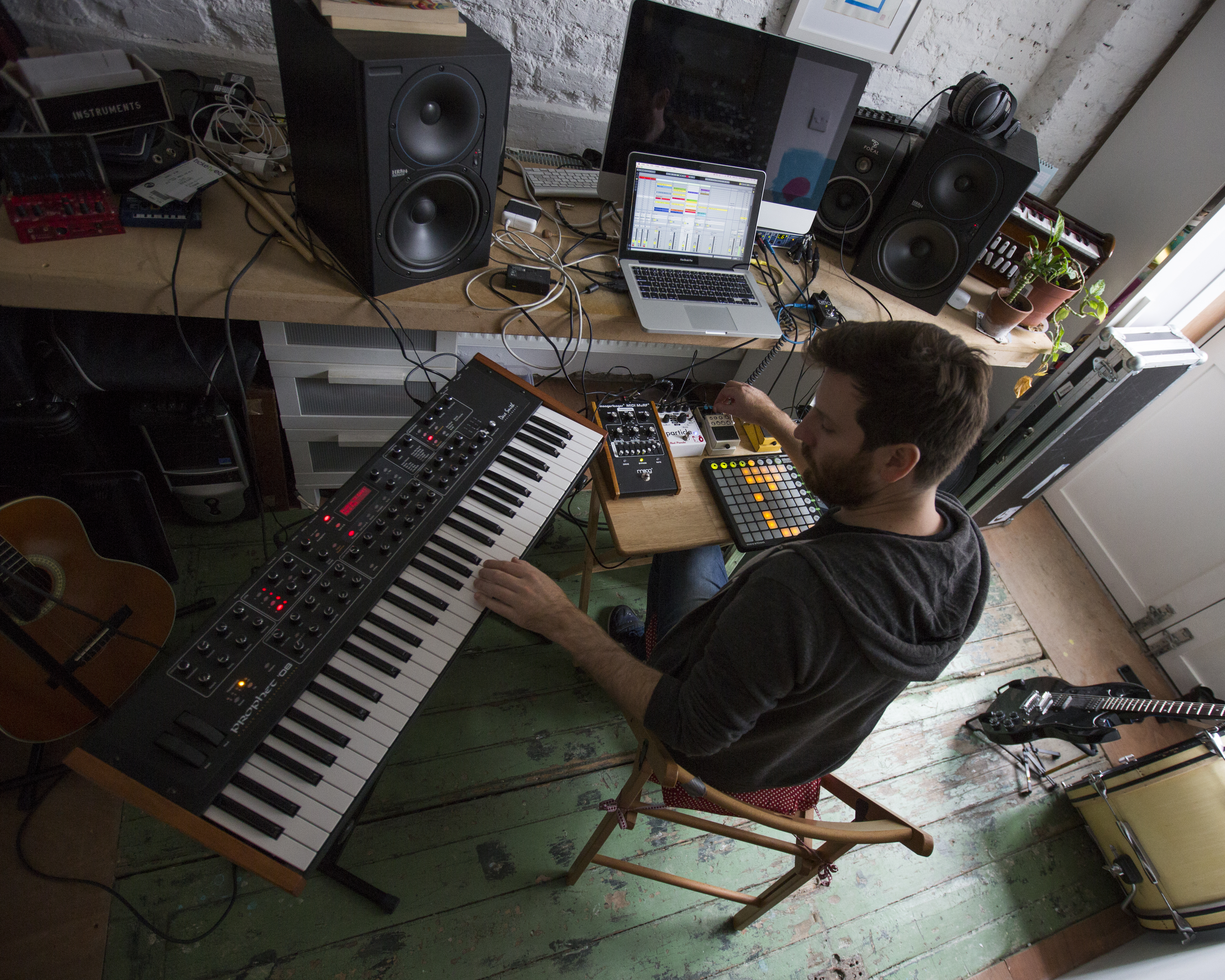
As an artist, it’s hard to define you. You’re much more than a producer. How do you introduce yourself?
I would call it songwriting with an electronic palette of sounds—that is probably the best short description of what I do. There are times when I am more of a producer and there are times when I am much more of a musician.
Have you always wanted to be a professional musician?
I have never wanted to make a career out of the music that I make; I have never tried to make money. You cannot force demand—my goal is simply to make better music as I go on and just learn more. And over the last couple of years it’s started to gather quite a lot of momentum, following the releases of my last two EPs: Odyssey and Sonne. I think that is because I have finally started to refine my practice—and if it now becomes more successful, then that’s great.
Has there ever been a temptation to tweak your sound to make it more commercially viable?
Not really. There must be something more to electronic music than the big paradigms that exist on a commercial level. It’s a very formulaic approach. When it comes to electronic music, there’s a whole lot of garbage out there—and I am talking hideous ideas. But I can’t stop thinking that there must be other approaches that must be just as popular—something that is away from this four-to-the-floor stuff. Once you start trying to make a sound loud, then you turn your back on thousands and thousands of sonic possibilities. One of the best things to do is to start a track with a really quiet, weak sound.
Your music has drifted from ambient drum & bass to more straight-up techno. Do you now feel that you’ve found your sound with the minimalist, emotional techno of Howl?
My sound is definitely becoming more certain of itself. I feel that I’m reaching point where I am just starting to achieve what I want with an electronic palette of sounds. I have gone through load of ideas— some of them interesting some of them not—and now it has reached the point where I can really do what I want to with the sounds.
So you’d say Odyssey and Sonne EPs were key moments in your career?
Yes. Odyssey gave me the confidence to do what I wanted to do with electronic sounds rather than something else. It’s so easy to be seduced by different techniques, but the success of these EPs gave me the belief that I should pursue the music that is personal to me, and not just make a club sound.
Were the production processes different?
Yes. The first two albums were mainly made with digital synths—but these two EPs, and Howl, were made with hardware. That’s not because I am an analog snob—it’s because I wanted a change and I need restraints. Everything is much more fragile because you don’t have the luxury of always being able to change things with computer editing. I don’t think digital production makes me work in the best way because it always sounds uncertain of itself, exploring too many gimmicks, etc.
Do you see all of your earlier works as stepping stones on the way to finding your current sound?
Yes. Some people do have this perfect discography where everything is amazing, either through luck or because they’re a genius—but I think for most people you have to allow failure in your work to get to a certain point. If someone is 18 now and looking to make the perfect record, I think that is quite damaging because it constrains creativity too much.
On reflection, does Howl capture your growth as a composer?
Definitely. But the interesting thing is that I don’t want to just continually refine things and make them really well-crafted to the point that they’re boring. I am a fan of sloppy things and rough things happening in music. I don’t want my compositions to be really immaculate, and so there is a fine line between having a mature composition and something that is just really boring. I think the growth as a composer comes from knowing how to express ideas with sounds.
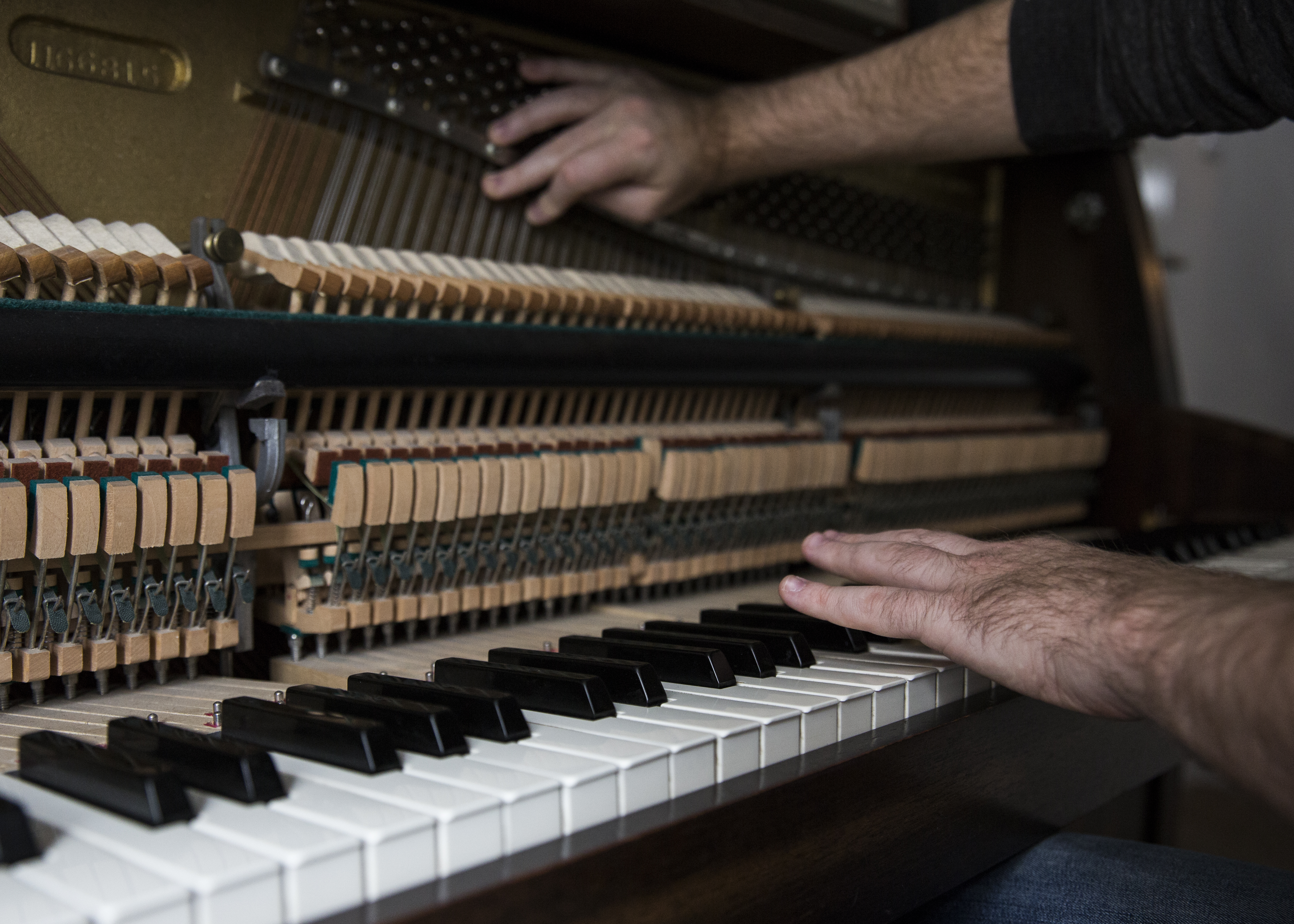
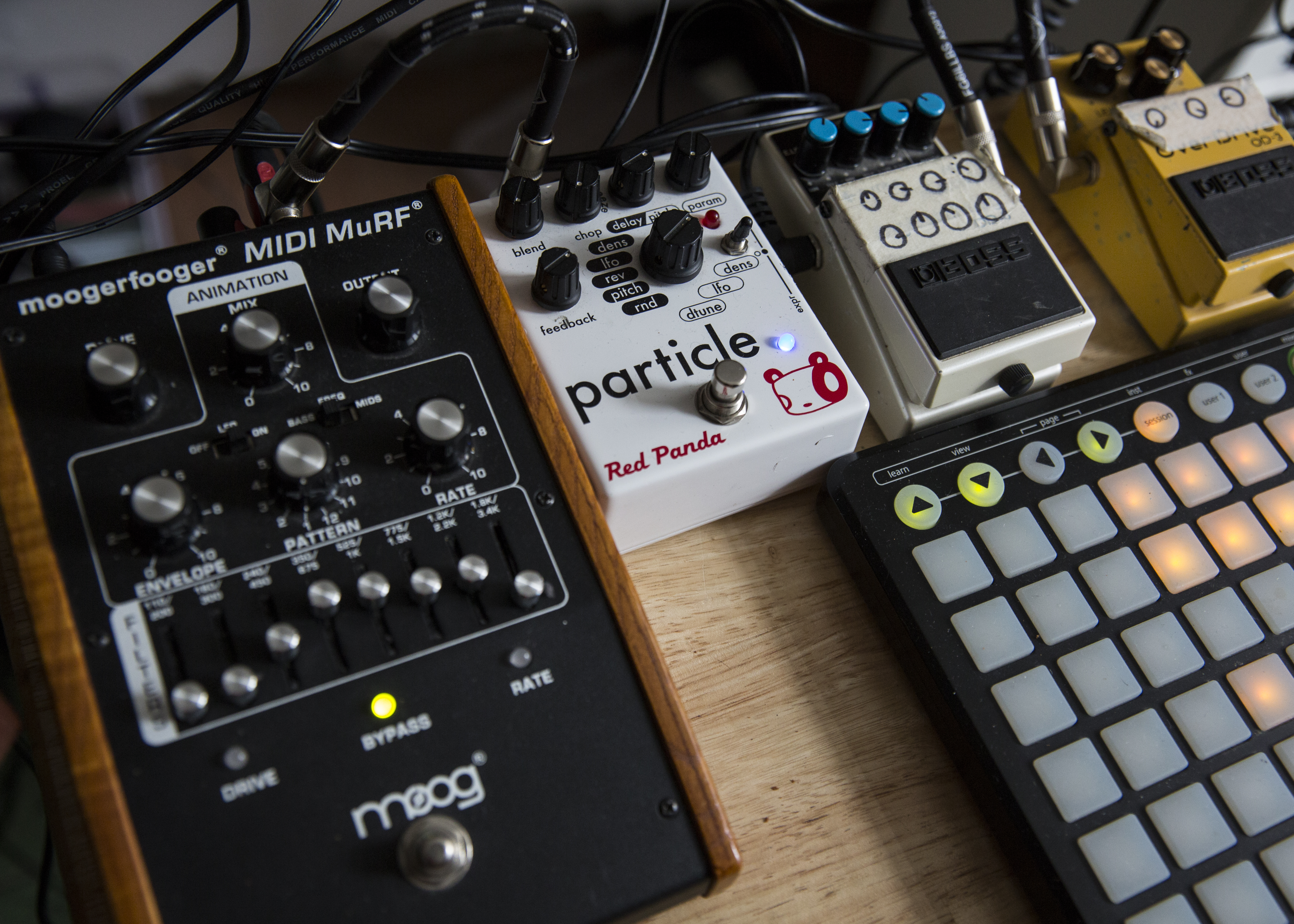
Do you work on several tracks consecutively or do you normally finish one before starting another?
I am normally working on several tracks at any one given time. Sometimes I do spend a lot of time on one track—like I spent a lot of time on the opening track of “Howl.” I wasn’t necessarily changing it because I didn’t want it to sound over-labored—more just listening to it for huge amounts of hours to make sure that the overall momentum felt right. I don’t like to do too much when I am working on stuff; I like to just let it be what it is, and then I will go in and make adjustments. I think this is because you don’t fully understand the strengths and weaknesses of something when you are making it. It takes a certain amount of time to understand the composition, and then you can make the necessary adjustments. Only by giving it some time to breathe and working on other stuff can you come back with fresh eyes and become aware of a new weakness. It’s all about problem solving at the end of the day.
Where do the ideas for tracks come from?
Most of it comes from responding to stuff inside the studio. I am a very reactive person. Sometimes, though, it a very conceptual idea I have, such as “Recovery,” where I wanted to create the sense of time contracting and expanding over a pulse. I had this idea before I even made a sound.
“Some of the music that I abandon is very good—but there has to be a “specialness” to something that is happening within a track. There has to be more than one special moment to release it.”
When you are composing, how do you determine whether a sound is good or not?
I will listen to it for a month after I’ve composed it, and the test is whether it gives me new ideas or inspires me in some way. Some of the music that I abandon is very good—but there has to be a “specialness” to something that is happening within a track. There has to be more than one special moment to release it.
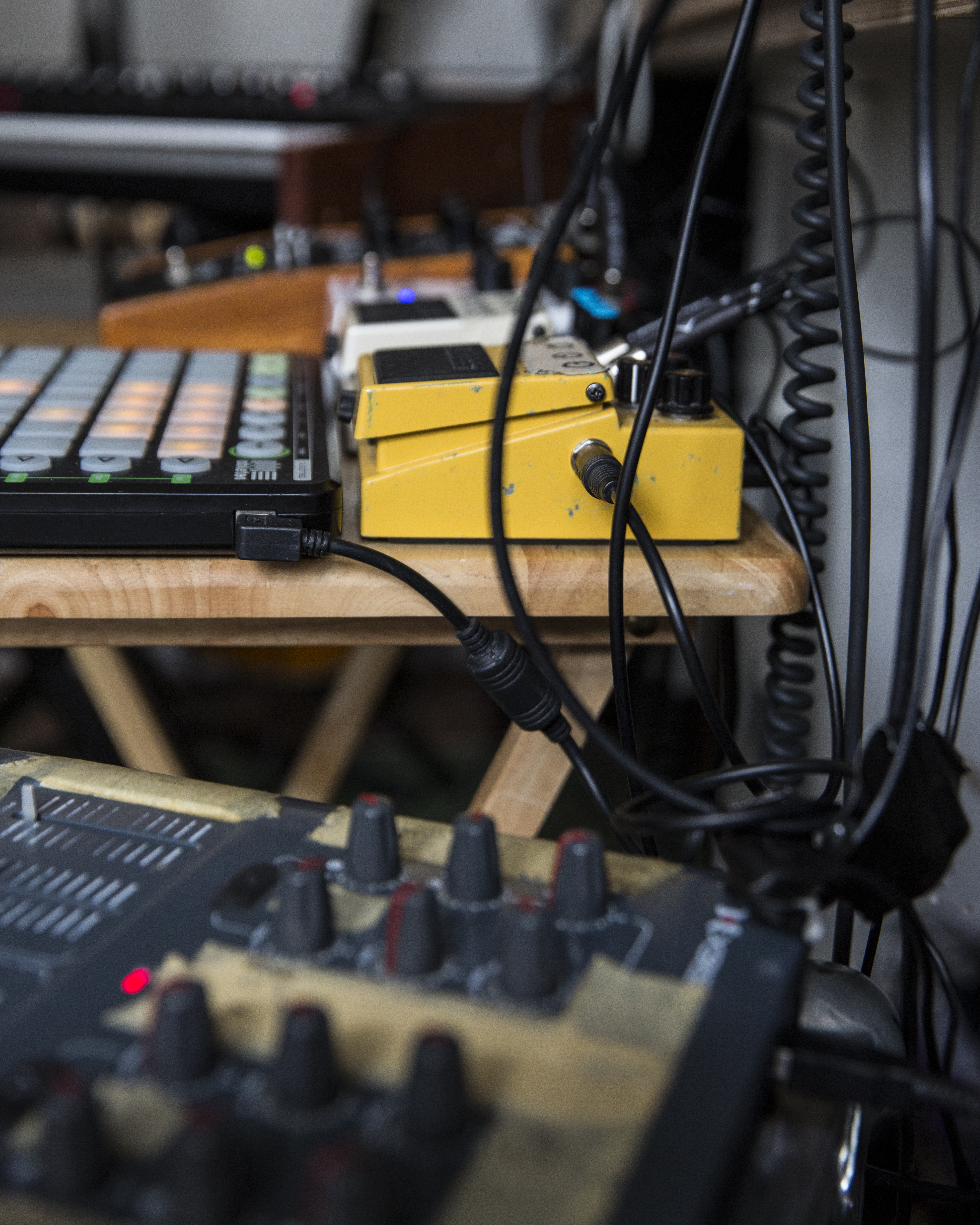
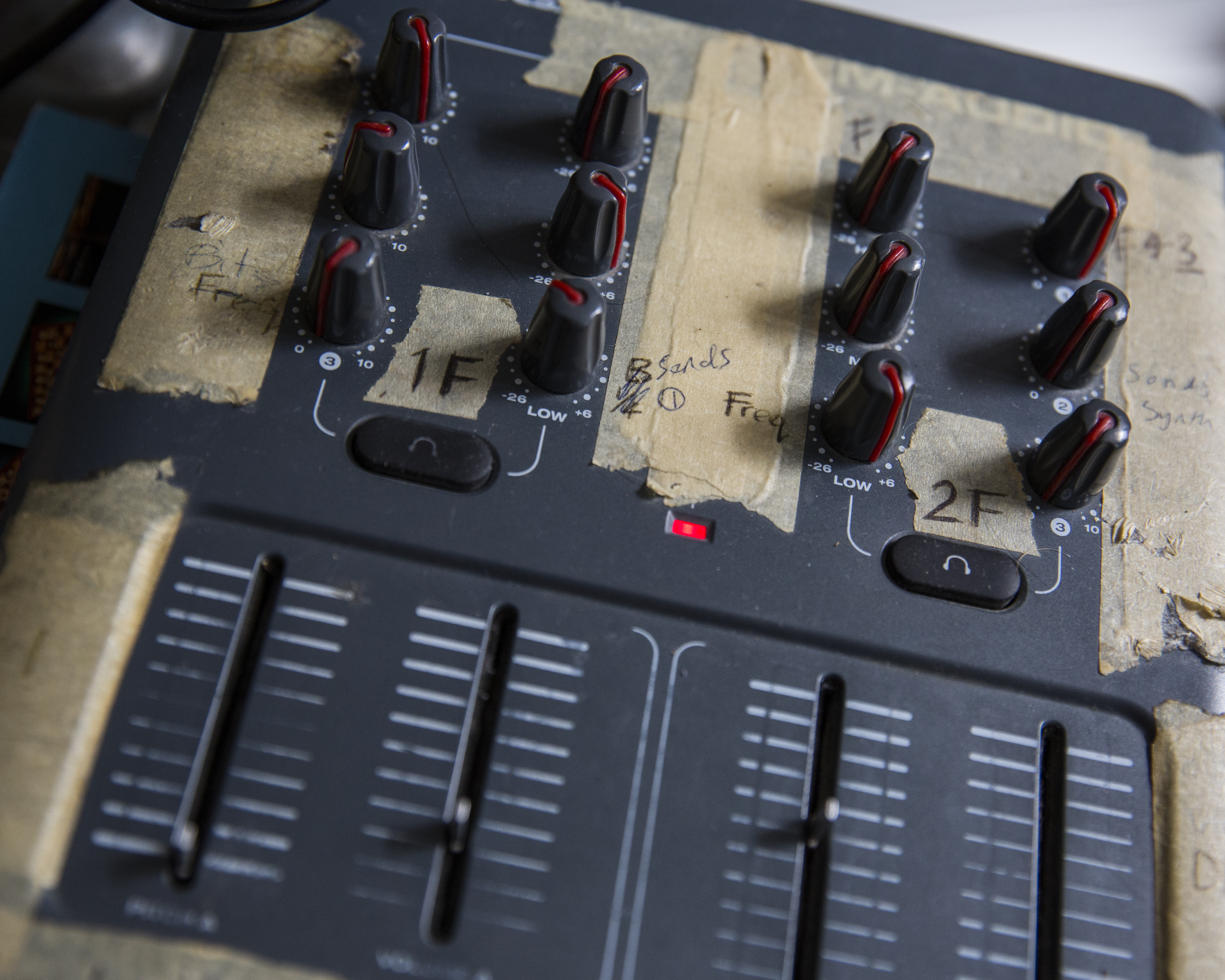
How do you know when a track is ready? Are you a perfectionist?
Compared to the other people on the label, like Ólafur Arnaulds or Nils Frahm, I wouldn’t say so. I am normally quite happy to let go of something. The thing that I am most interested in is the overall composition. I don’t mind having moments in the track that could have been produced a little bit better as long as the overall idea is interesting.
You’ve spoken previously about adding more warmth to your compositions. Is this something you’ve take even further with Howl?
Yes. I am always trying to solve this problem. It’s very easy for synths to sound plastic and sterile—there is no real way to add more warmth to them. There are little tricks but it’s very difficult to make it sound natural—as opposed to recording a cello, which naturally sounds warm. I’ve tried to do so the same in Howl, but it’s challenging not to make it sound over-labored. Basically, I am always trying to overcome the weaknesses in my music and that’s just one example of it.
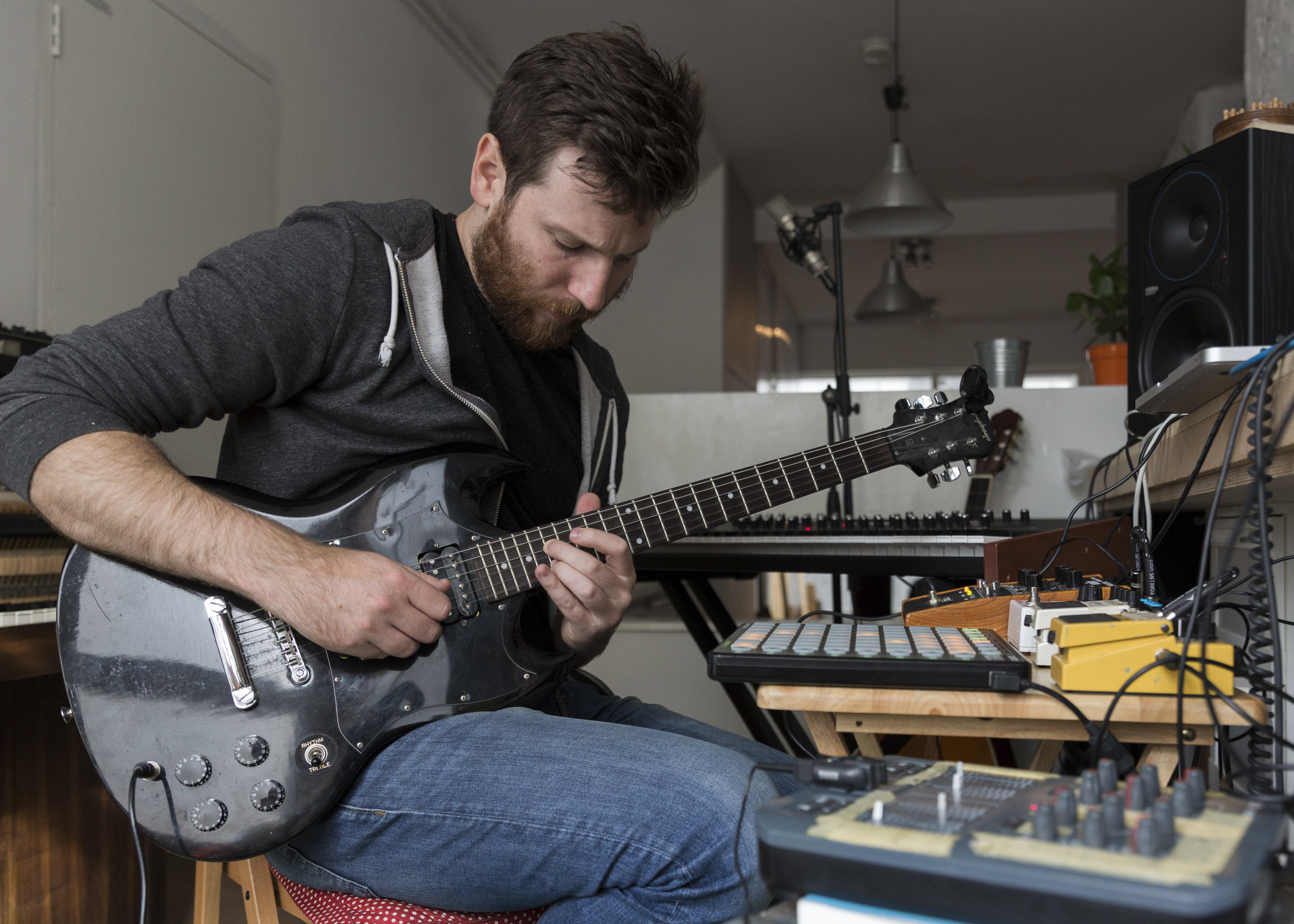
Sonne EP was named after the German word for sun because you wanted it to be warmer than Odyssey, the previous EP. Is there a similar story behind the name of each piece of your work?
There are reasons behind most of them. The title track of Sonne felt like the sun hitting my face and is hopeful. It’s really warming and powerful with these big major-minor chord progressions. The Odyssey EP, and the title track, are both very grandiose and so the name just worked. “Phillip” is named after Phillip K. Dick, the sci-fi writer, just because it evokes the emotions of his writing (paranoia etc). “Helios” is similarly about the sun and the solar system. The first half of the track is quite standardized, and then I disrupt this by allowing a fizzy, warming chord progression to emerge, like the sun appearing from behind something, but is in actual fact a variation on the opening theme—so while it seems abrupt, it is closely related.
And Howl—what’s the reason behind the name of the album?
The album is definitely more emotive than anything I’ve done before. There are lots of instances where it sounds like the synths are mourning. It feels like a release. In two of the tracks the synths are made from my voice, and this gives it this haunting, meandering set of tones. The album is filled with these moments, so I chose the name that best expressed what the music felt like.
How long did the album take to produce?
It took about a year—except there is one track, “Afterglow,” that I have been working on slowly for years. It just fitted perfectly into the album.
How do you feel it differs to your previous albums?
It is much more emotional, with much more subtle, rendering sounds. Not everything is subtle—there are some up-front and bold moments but there is a more careful treatment of these sounds. I think I am trying to do more with less. With my last album I tried to do too much with each part, which is a sign of insecurity. Over the last two EPs, I’ve learned to slow things down and do something interesting with few ingredients. That’s perhaps the biggest difference between the new album and the previous two. That said, I think the approaches to melody and harmony are actually quite similar. I am sucker for emotive chords, and what you can achieve with them—which I think this is undervalued in a lot of electronic music.
_________________________
“Howl”
Howl started out as arpeggios of a single note, to create a driving rhythm, always pushing forward, with very rough home record percussion. But it started to really interest me when I began bending the pitch of dark, fuzzy tones over this. I think this synth has a really vocal like quality to it—almost mournful.
“Ghosting”
Here you can hear very subtle pads, before an eruption of me flicking through octaves as I play C Bm D C. I did this twice, once on the Microkorg and once on the Prophet 8. I love how it opens up the music, like going from a narrow image to IMAX. I think that is an important way to explore music.
“Afterglow”
I’ve used guitar with synth a few times. This particular sound on guitar is something I created on Helios—it’s an FFT plugin shifting octaves with delay—not too much effect, though! I love the way the guitar has a broken but sweet sound to it, and it works great with the dull pad sound from the Prophet 08. This kind of contrast is something that runs throughout the record.
“Pre”
I love pulses in music—especially electronic music. I don’t know if I always have or if it is some kind of Steve Reich/Riley influence. They just seem to achieve a lot with little room taken up. Anyway, here I created a very specific pulse, which gives the arpeggios something to harmonize with. It’s like a beacon, that keeps illuminating, and I love that in music.
“Walls”
This is purely influenced by seeing Colin Stetson live. I was just shocked by the absolute slabs of tone that were smashing through the air; it was incredible. I wanted to created a piece that had big monophonic tones like this, hence “walls”’ meaning “walls of sound.” It’s no way near as rich as Stetson, but I think I achieved something interested by combining it with very delicate ambient tones. Huge contrast in this piece!
“Low”
This track is just one repeating chord progression but with subtle harmonies throughout. Here you can hear a fragile melody playing and then I include the main tones, which make it clear what the chords are. Everything is monophonic, building up chords with mono lines is hard work but really powerful, because you listen more to the sound and aren’t so judgmental about chords theory.
“3 Laments”
This ambient improvisation is made up of a very noisy recording of my voice. I just sampled me singing a note and looped it in Ableton Sampler. The clip shows just the note I sang at original pitch, being looped as I hold down a note. This is pretty basic, but for some reason this was really special to me—it just sounds great to play with. I love how sad/mysterious it sounds.
“Morning Vox”
This clip shows some pulses I created: The first two are very open, and the second two are more closed (and this repeats)—even though this seems obvious to anyone, I was amazed how musical this was when I did it. It just has more meaning and really adds something. I’ve included the vocal synth and acoustic guitar, to show how it works with them.
“Looming”
I love trying to create atmosphere—here is the breakdown in the piece, playing the chords C Am E Em. It’s just three layers of different tones; they are not perfectly in time, because I like chords that are a little wonky in time. To me, this creates texture—and texture is often lacking in synths. All the synth tones are slightly bending out of tune and might have a slight rhythmic value to them as well, which makes the chords sound more alive and evolving, but without loads of complex automation/modulation.
______
All photos: Lenka Rayn H. Fine Art Photography

